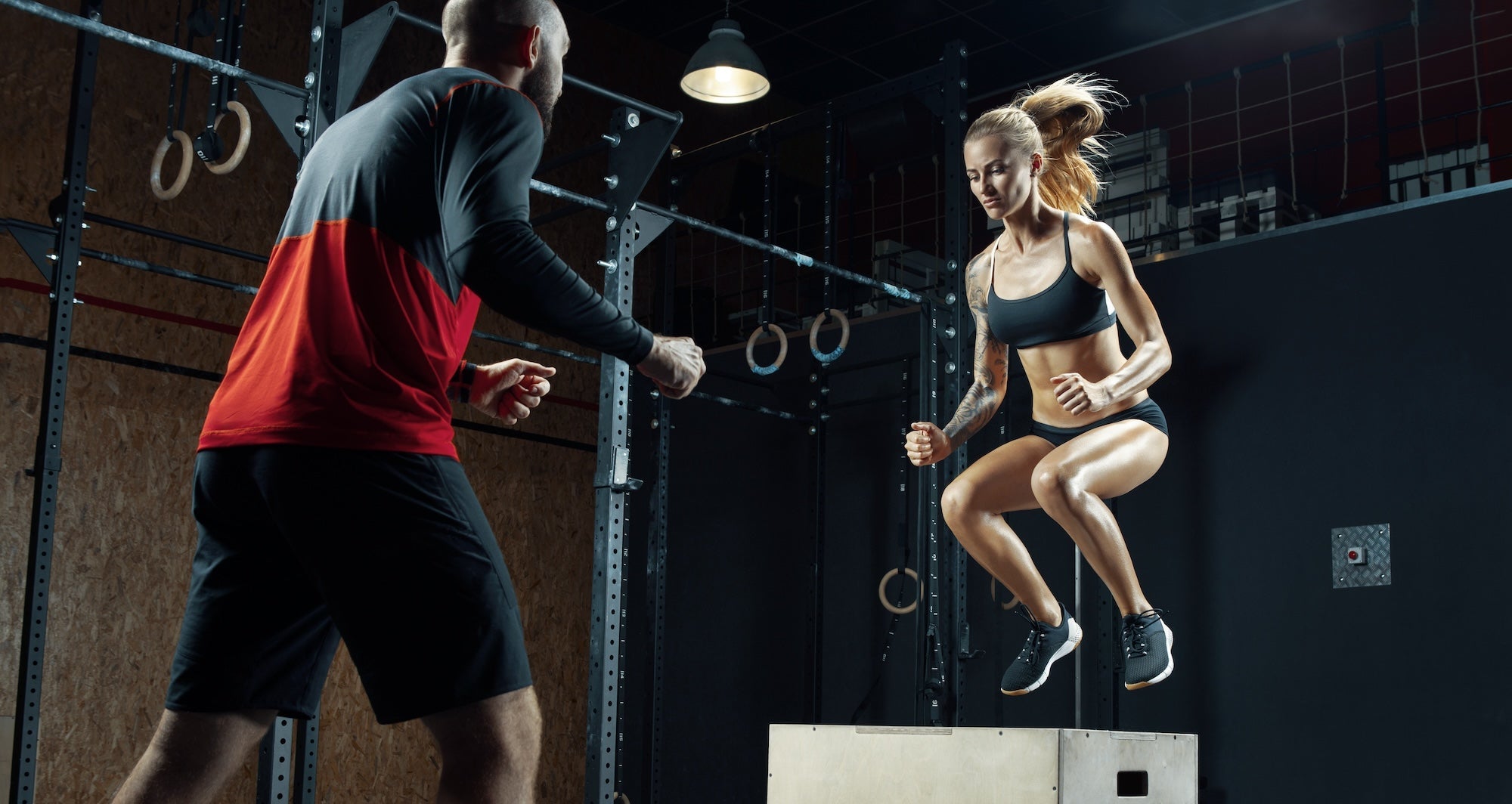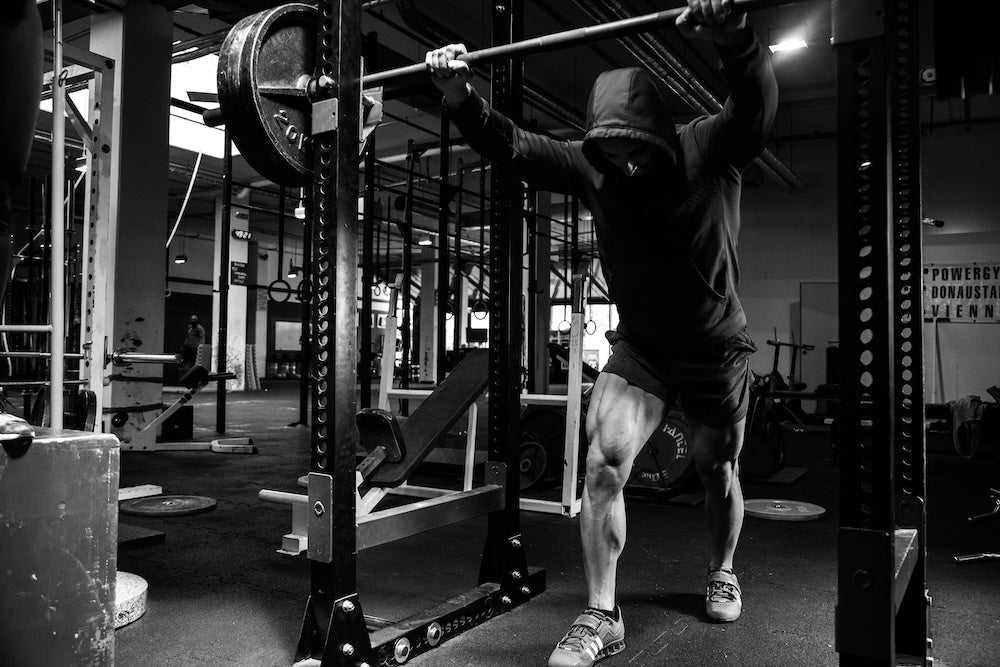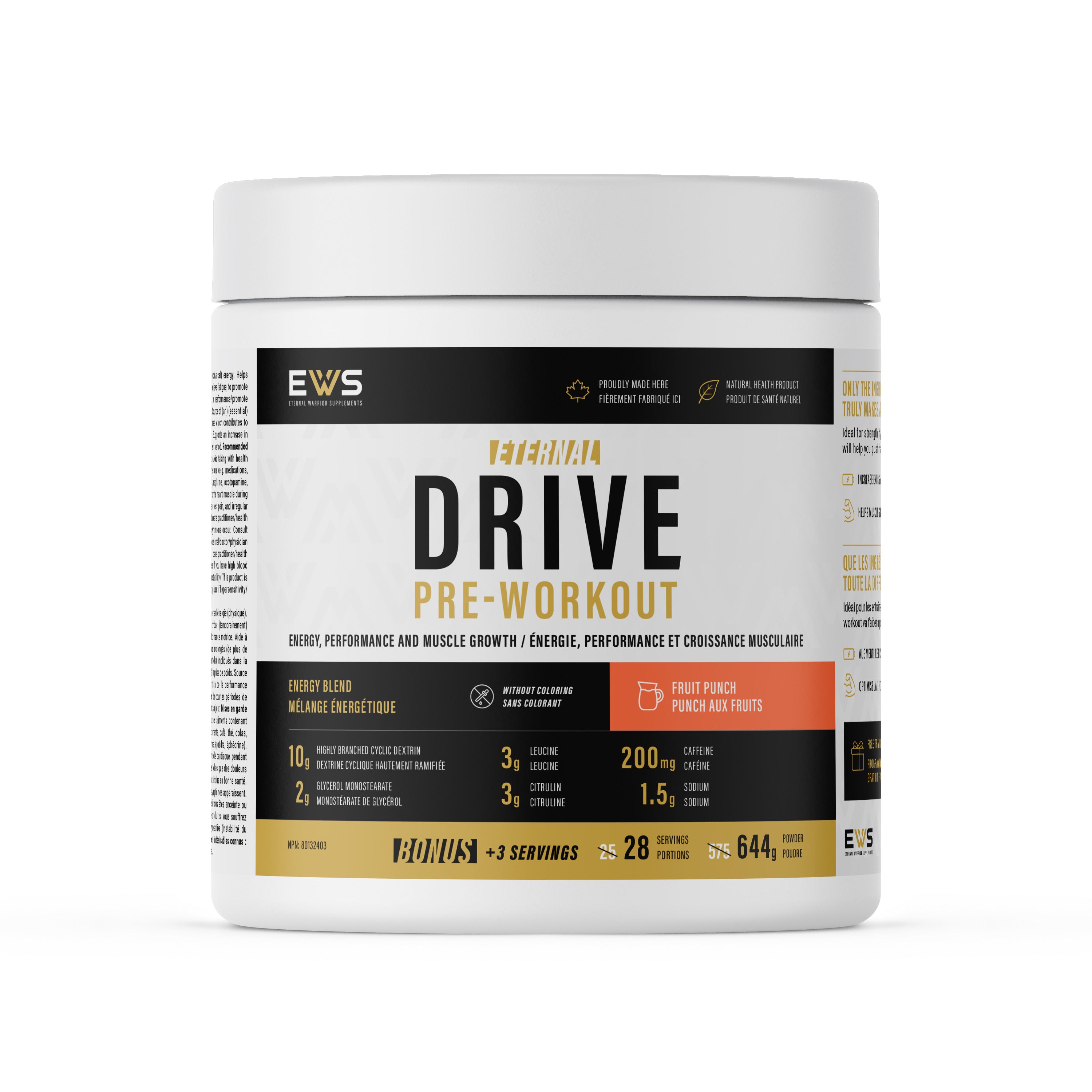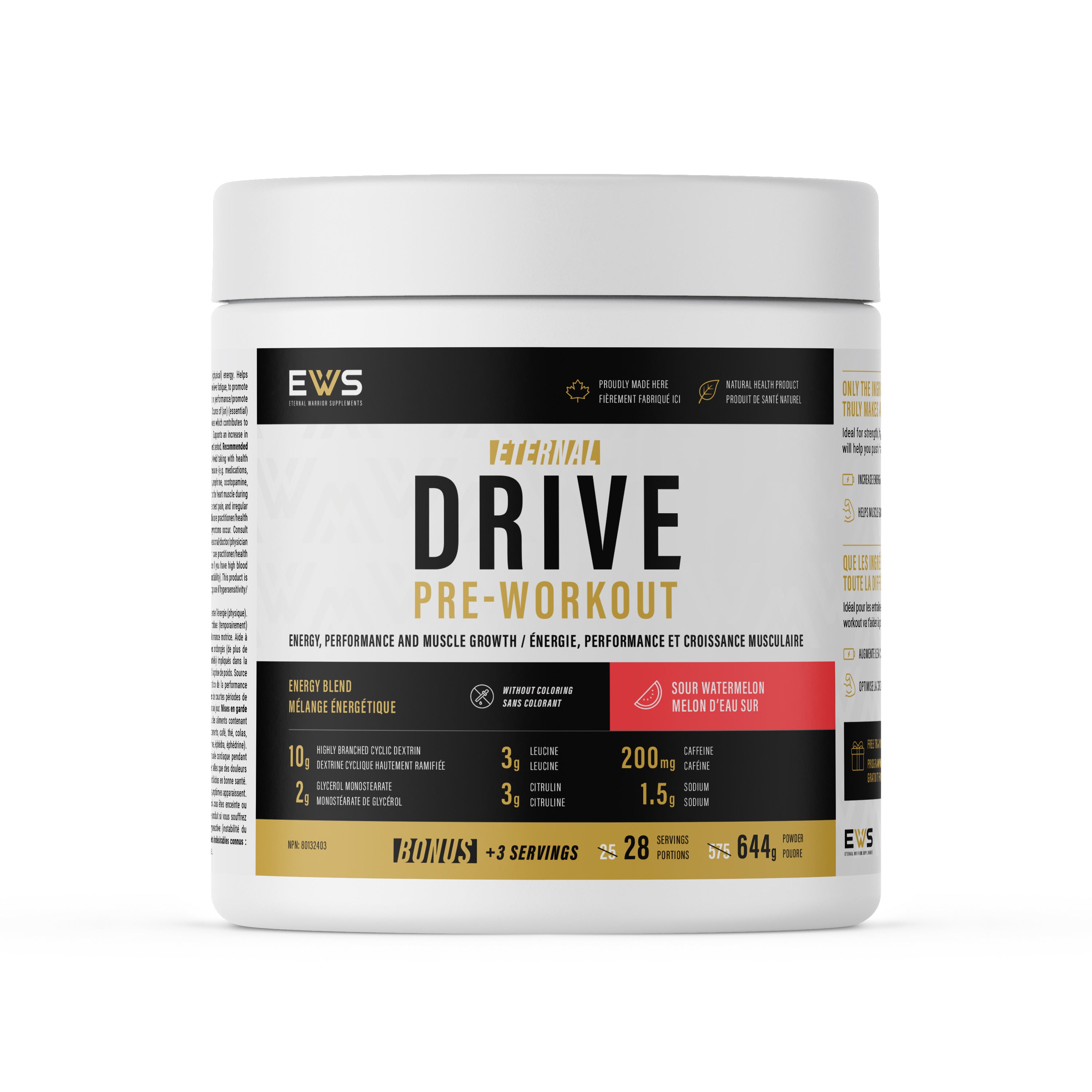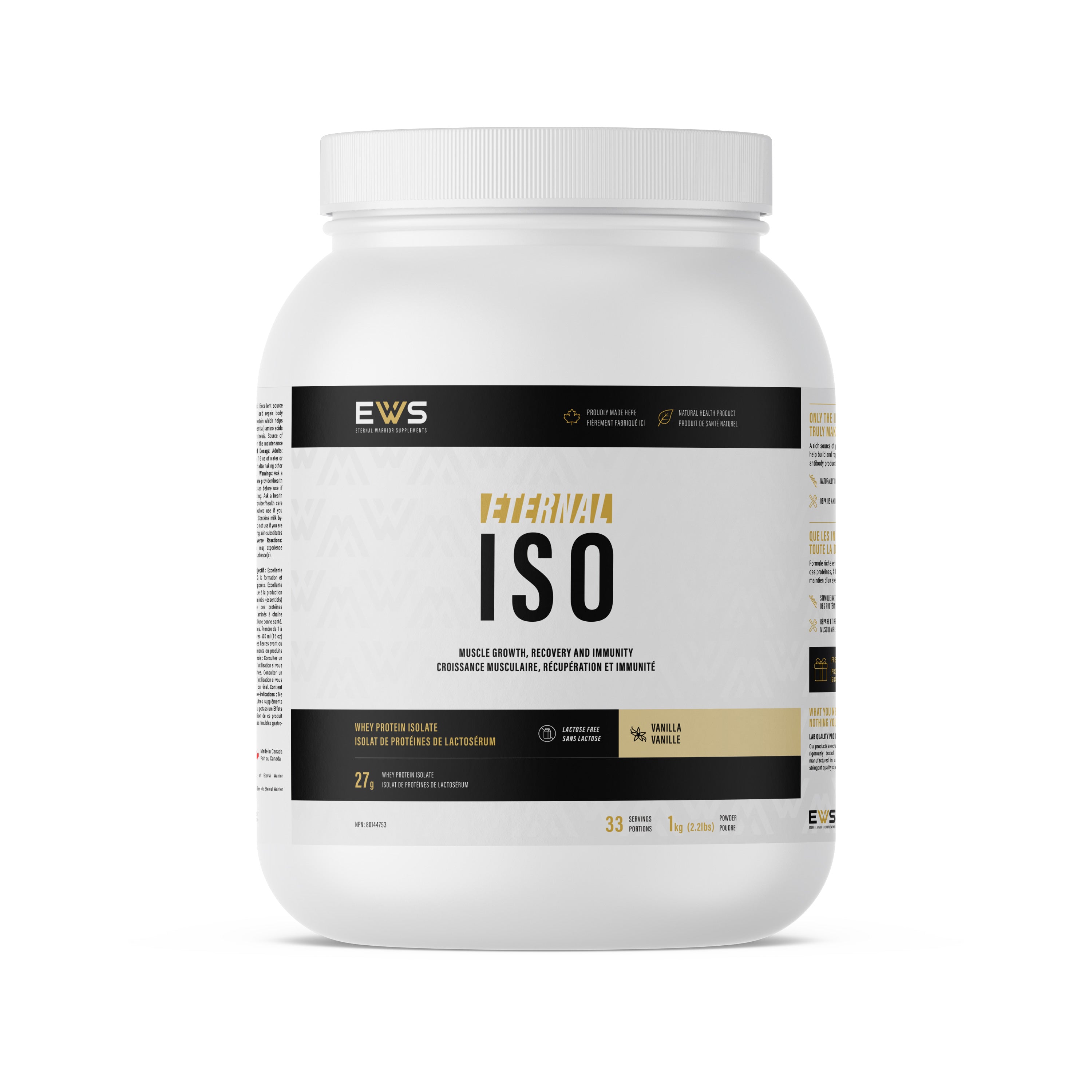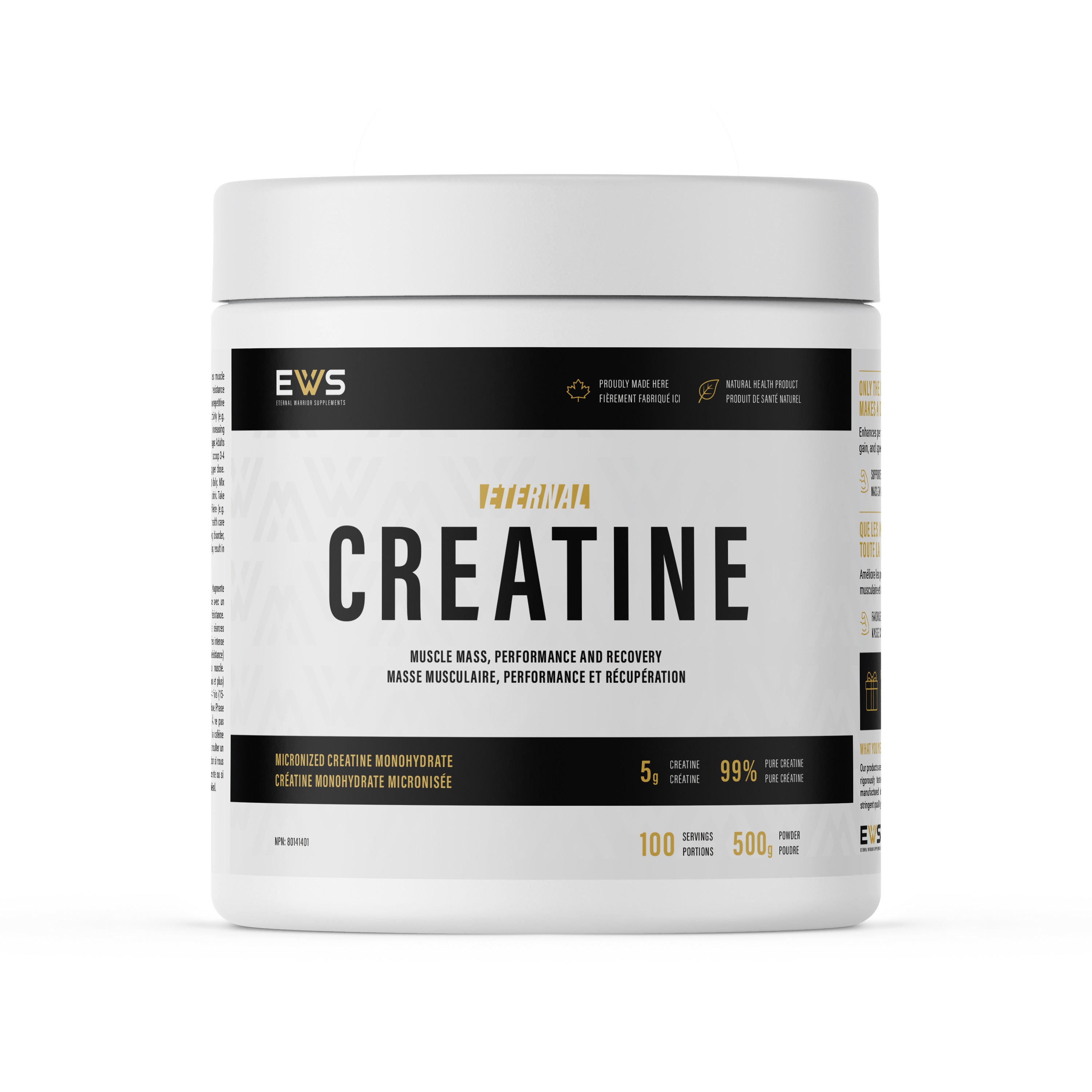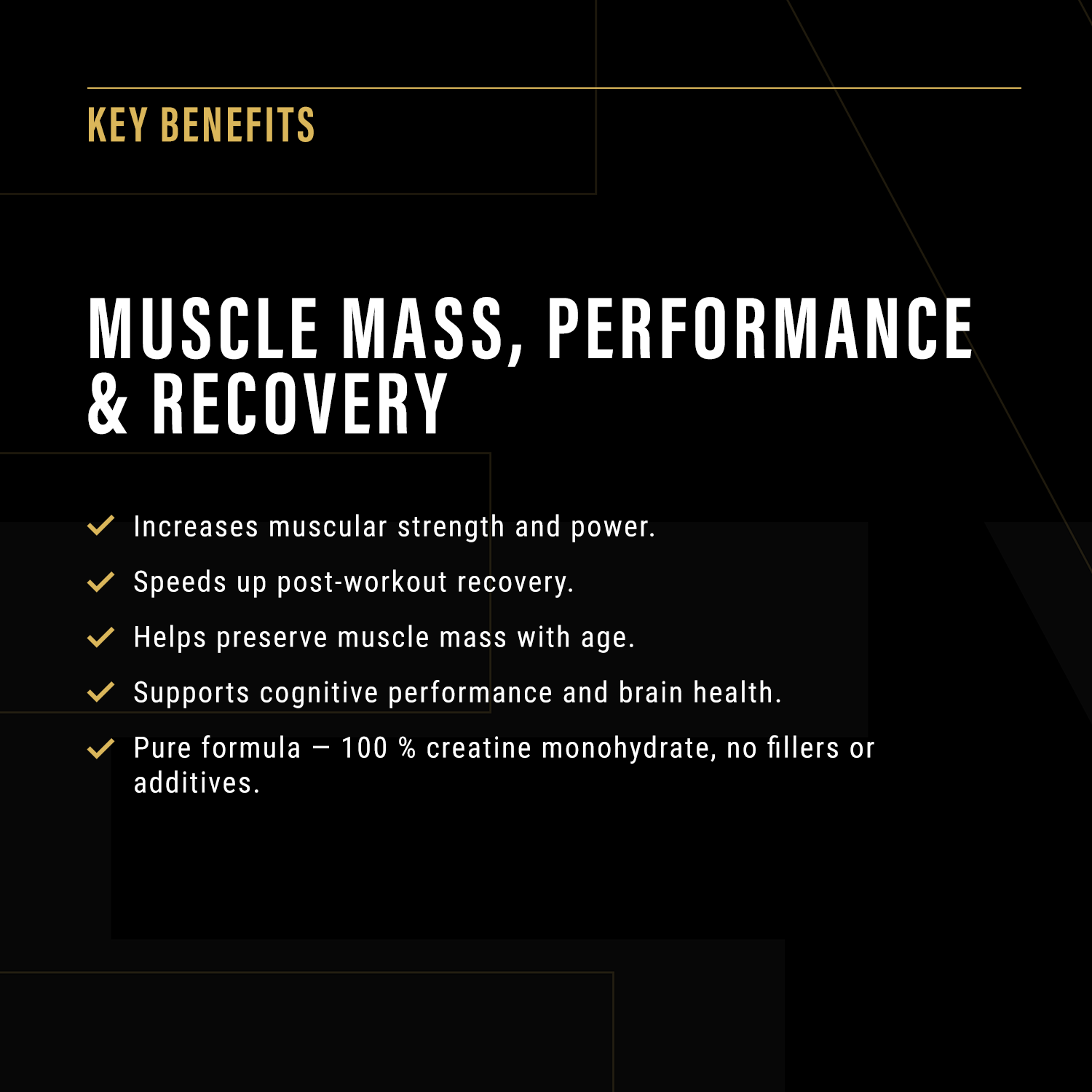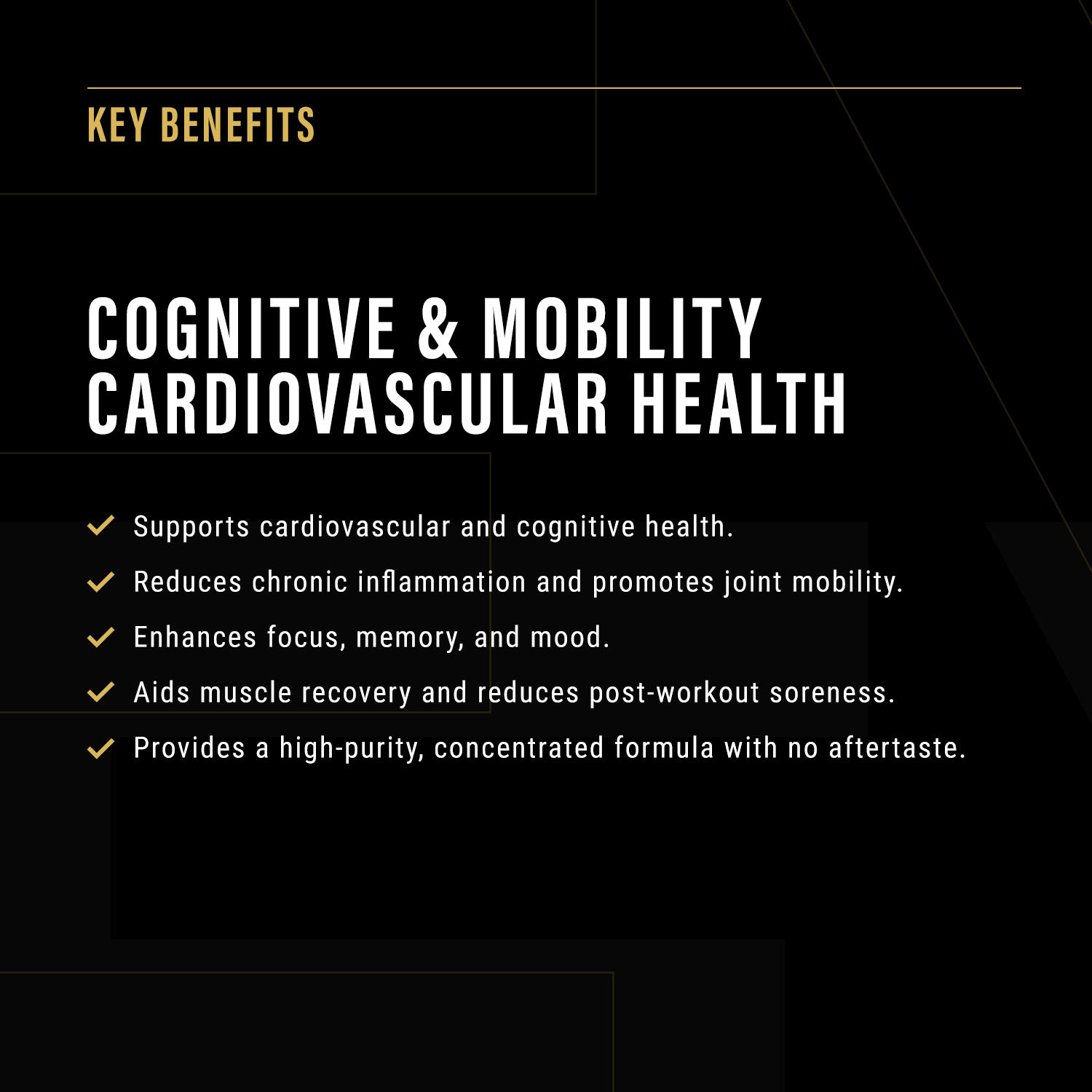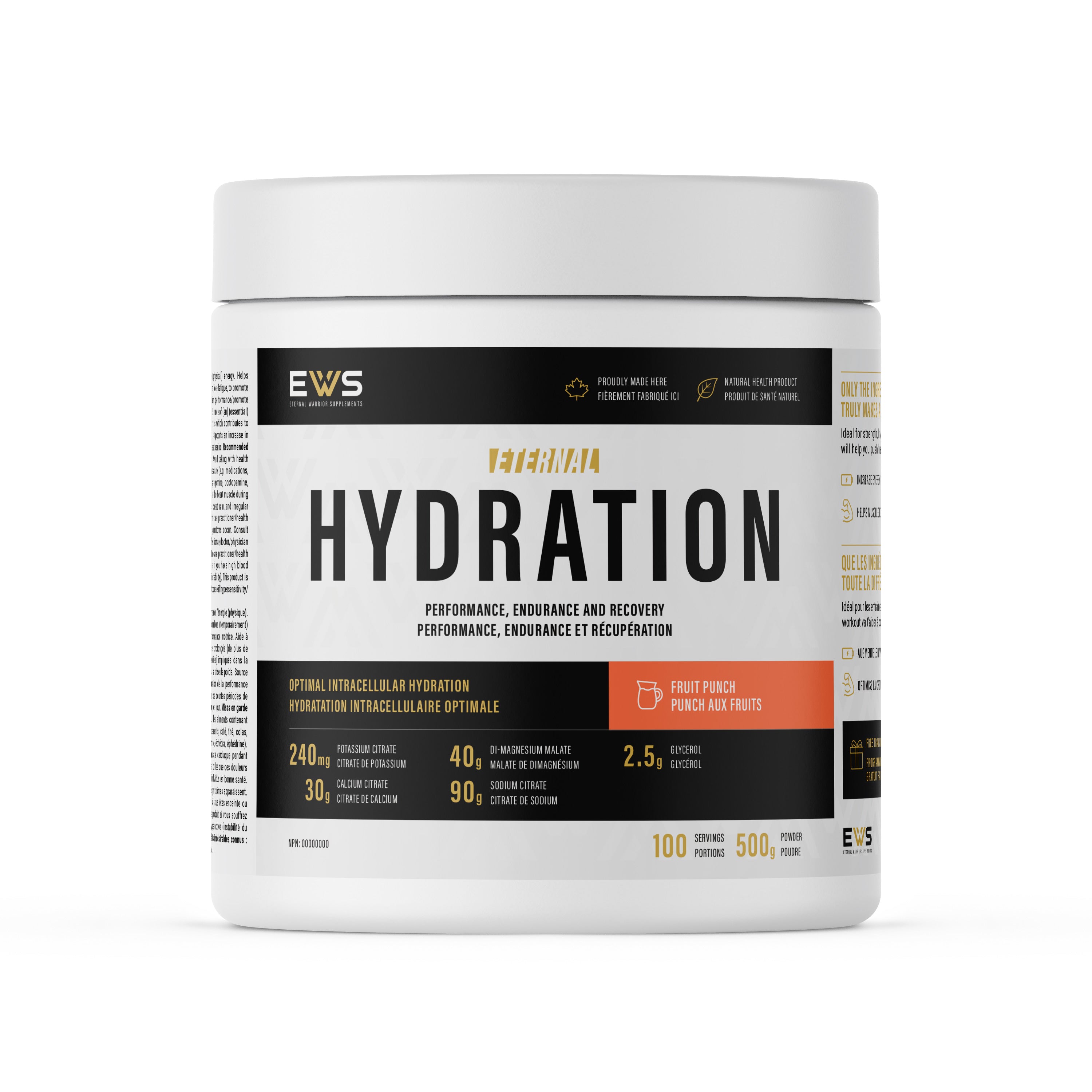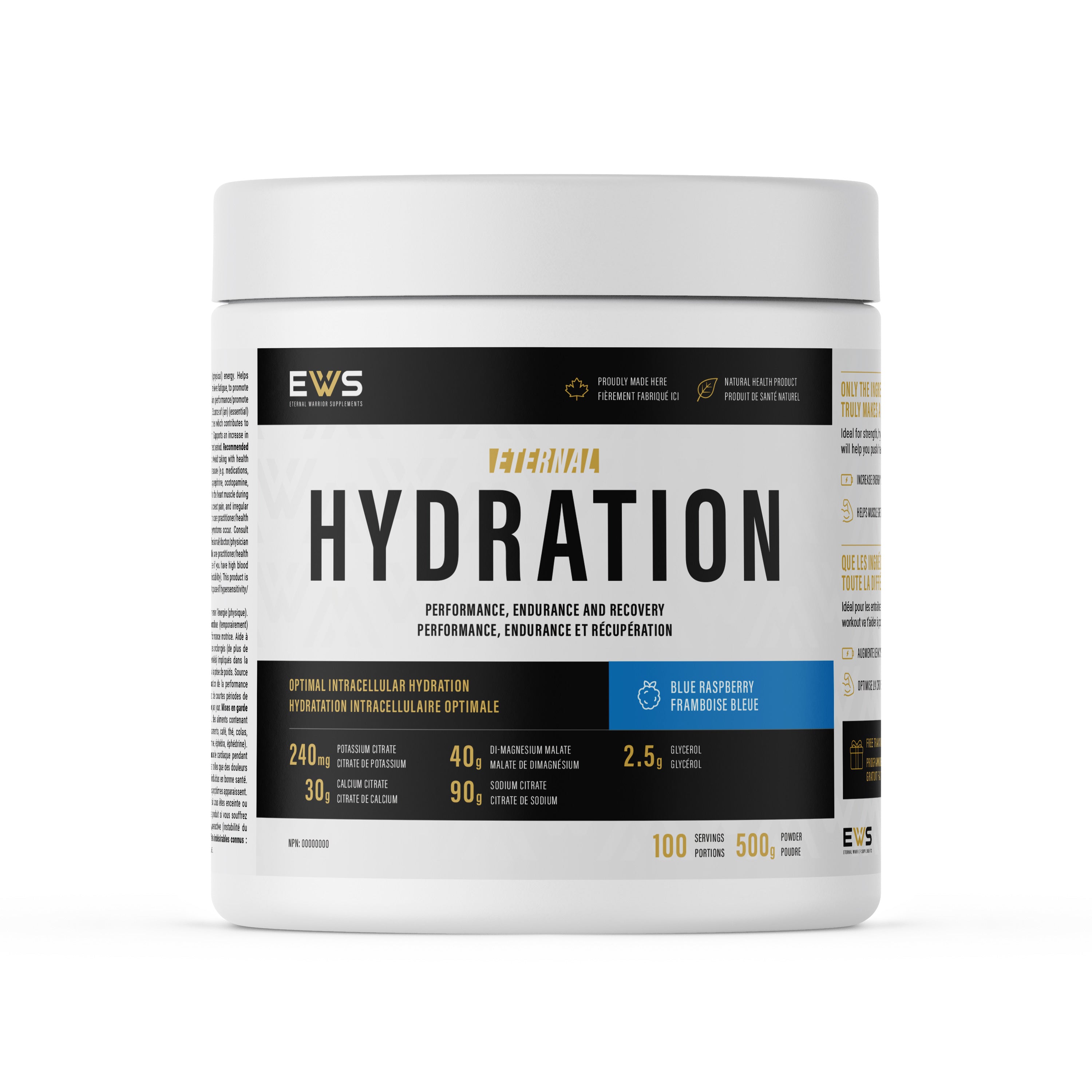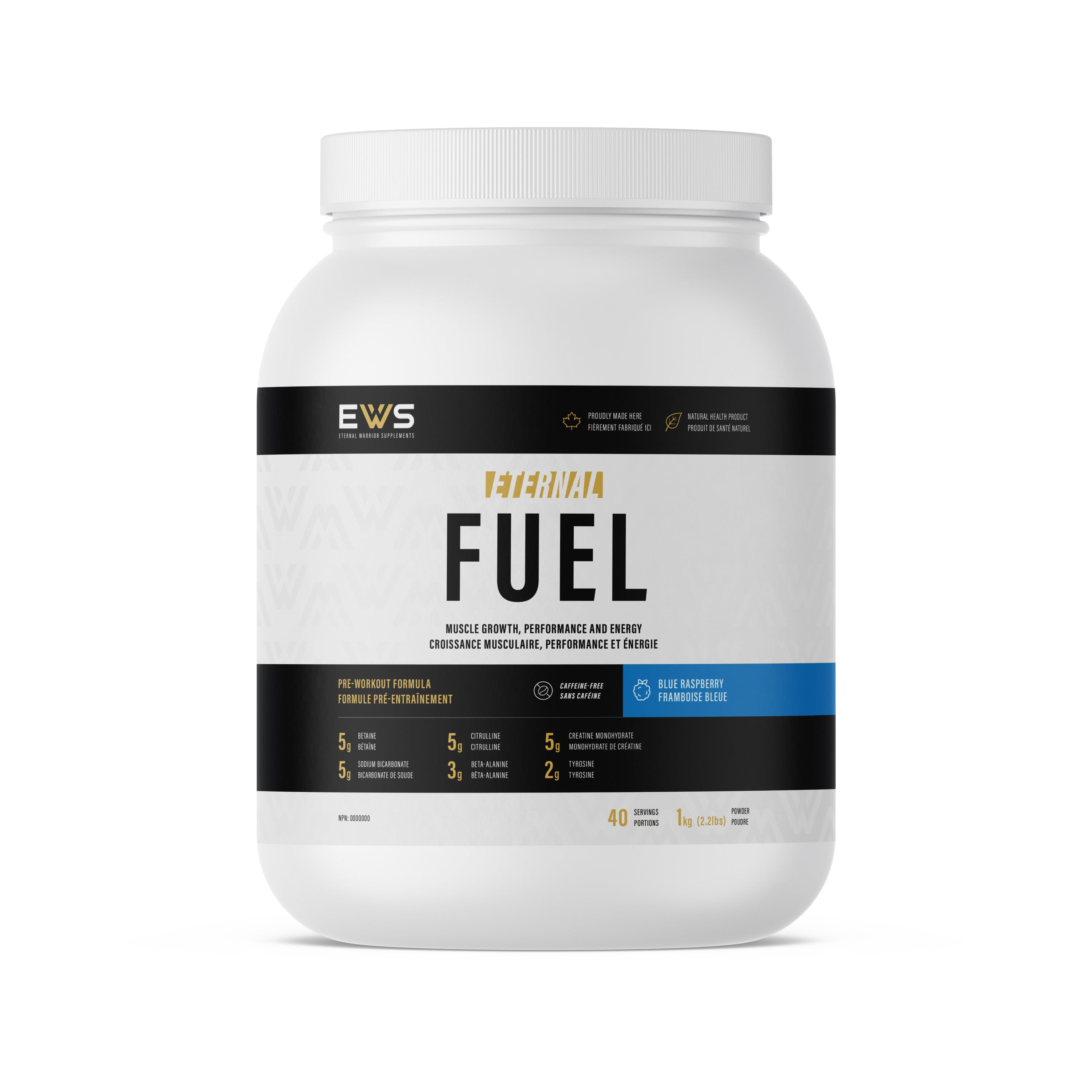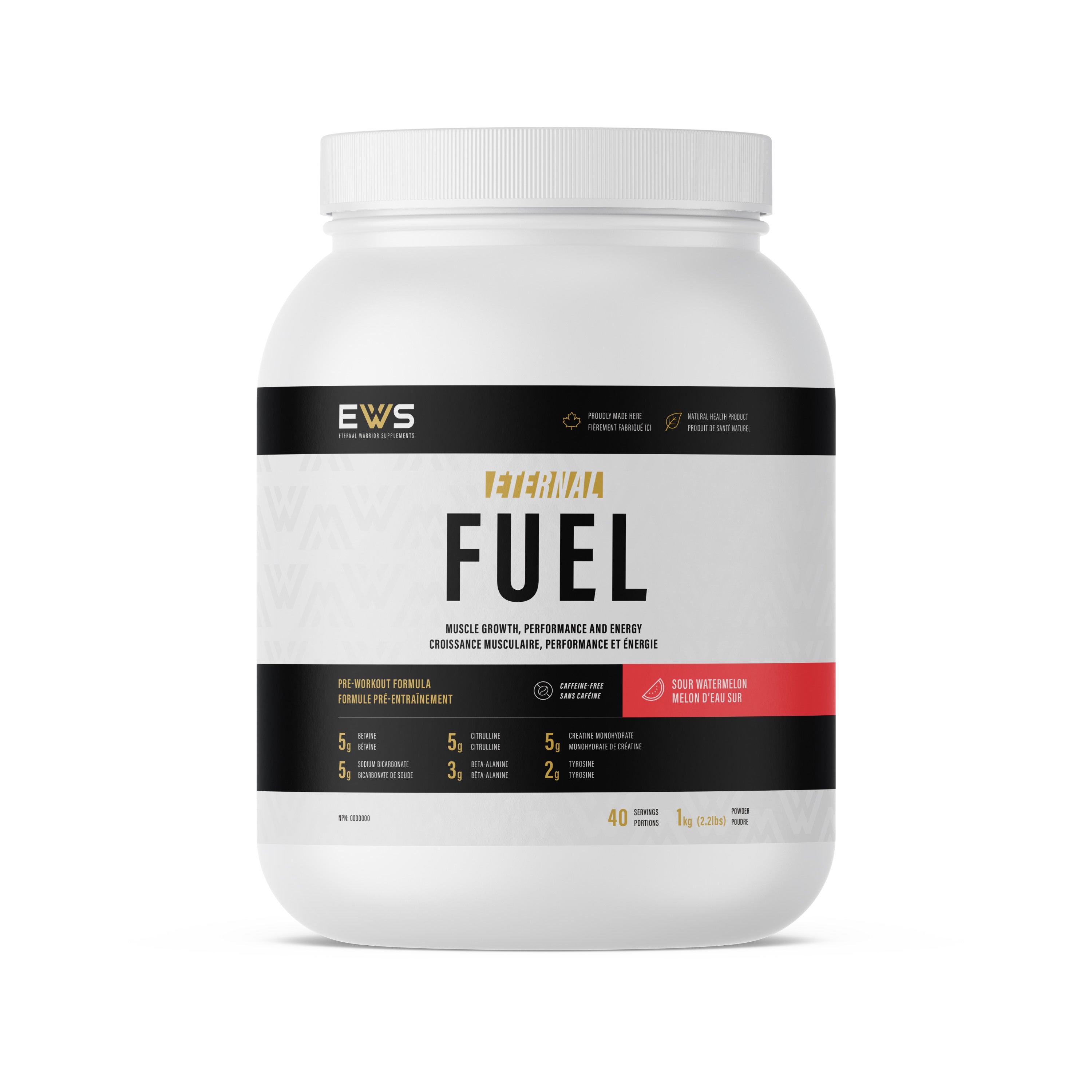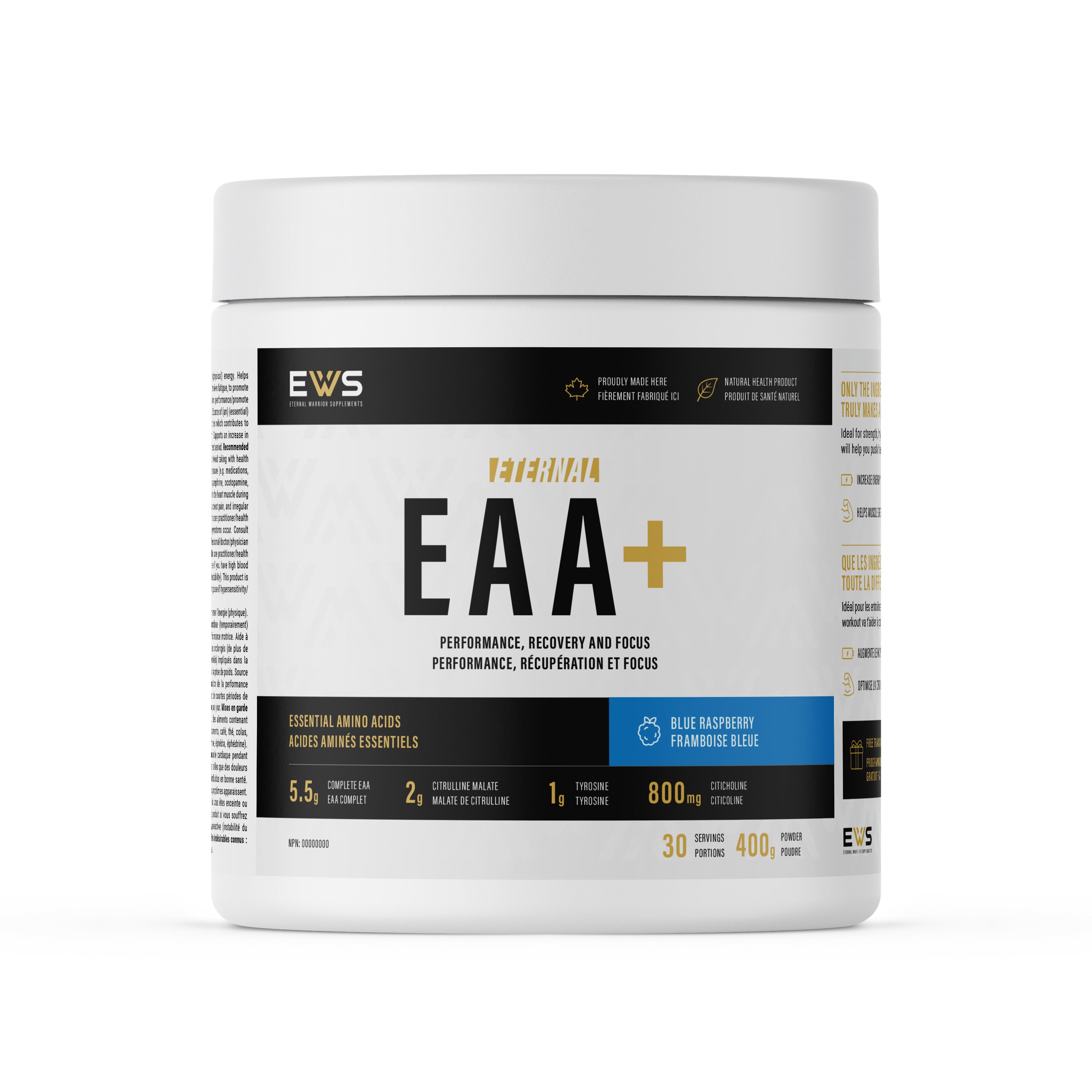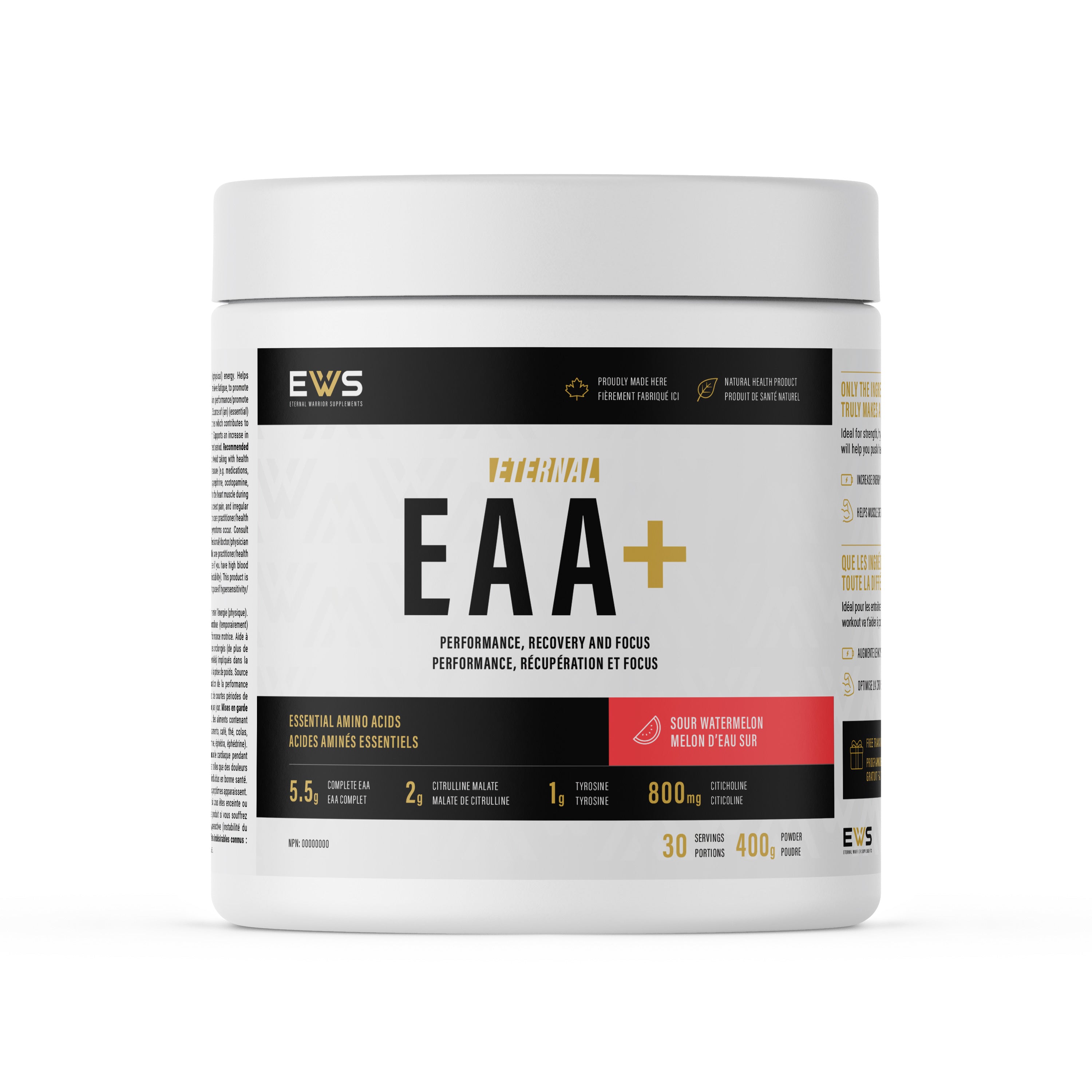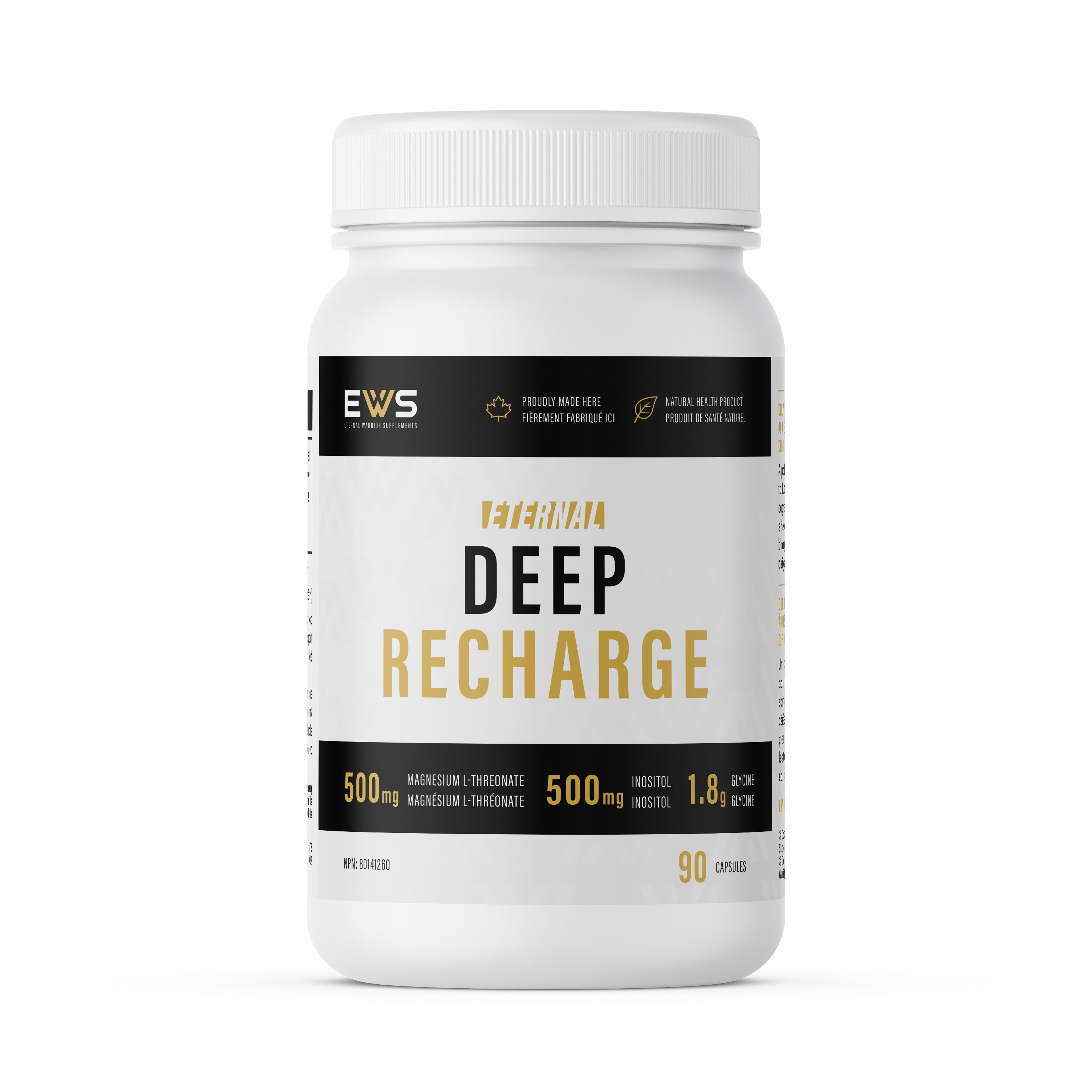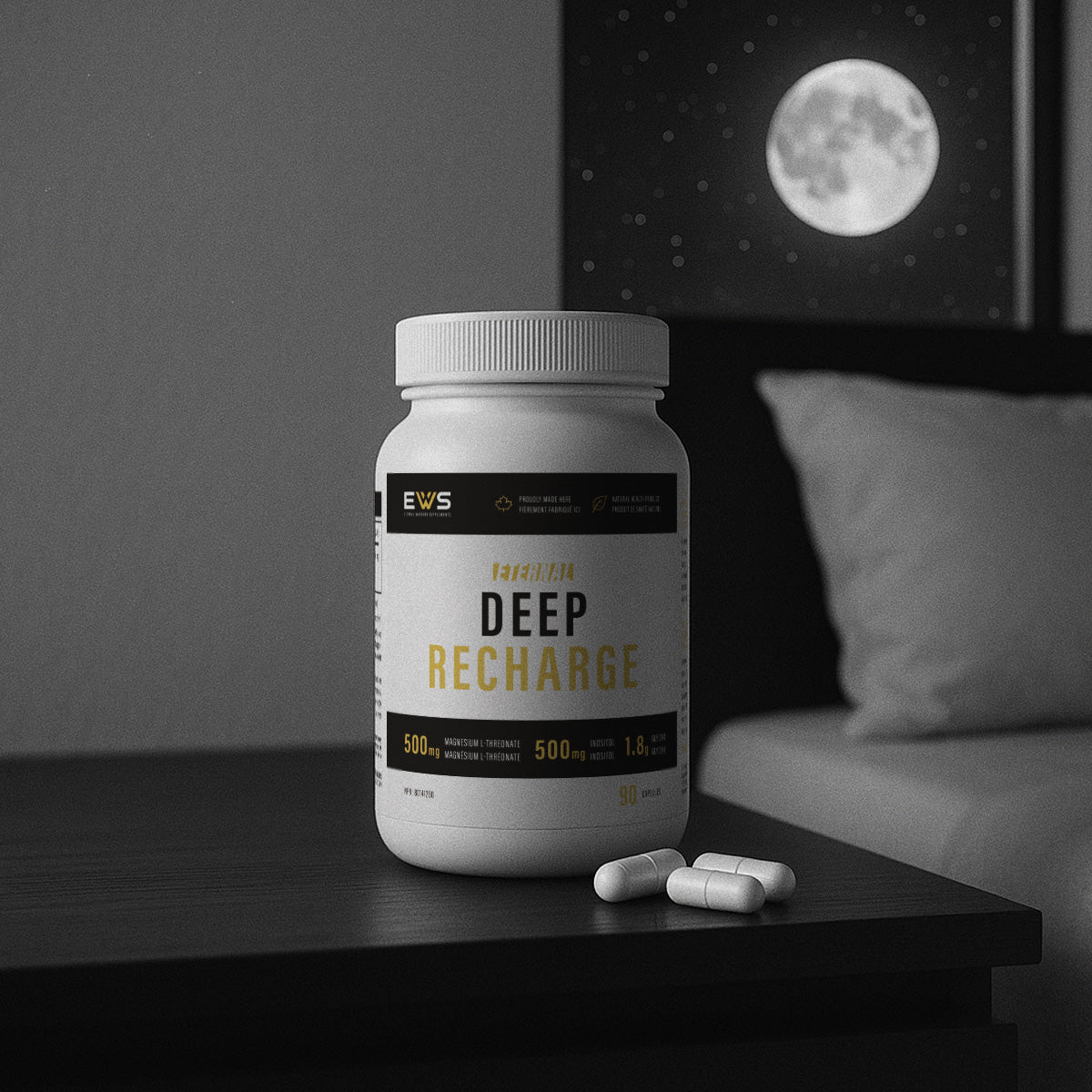By Christian Thibaudeau
In the “Quick tips” series my goal is to give you easily actionable strategies that can rapidly lead to better performance, mostly in regard to gaining strength.
In this instalment I’ll give a few very simple things you can add to your program, that require minimal time or effort, that can deliver better results both in the short and longer term.
Specifically, I’ll show you how to use jumps to improve your lifts.
“Jumps? My goal is to lift big weights, which typically move slowly. I want to be strong, not jump high”.
Let me tell you two stories…
HATFIELD (YES, HIM AGAIN) PRE-LIFT JUMP
Fred Hatfield Ph.D. /A.K.A “Dr.Squat” was one of the top powerlifters of the 80s and 90s. And while he was very good on each of the power lifts (523lbs bench, 766lbs deadlift, 370lbs clean & jerk and 275lbs snatch) his truly shinned on the squat, with a lifetime best of 1014lbs competition squat (when he was 45 years old, not less) and an 880lbs olympic/high-bar squat, which might be even more impressive if you know your stuff.
An athlete in the truest sense of the word (he was a former gymnast and olympic lifter before getting into powerlifting) he was able to take a small frame, he was 5’6” and started lifting in the 82.5kg (181lbs) class, to a world class level of strength mostly through being explosive and eventually able to add 20kg to his frame.
One of his most noticeable habit was to do a maximum vertical jump a short time prior to his heavy squat attempts.
He adopted this strategy through instinct, but modern science agrees with it.
It works through a phenomenon called Post-Tetanic Potentiation (PTP). PTP is an increase in performance potential through a stronger neural drive created by a maximum effort muscle action.
To work, PTP requires two things:
1. A very high level of force production. Don’t forget that Force = mass X acceleration. So you can create a high level of force either by fighting a heavy resistance or moving with as much acceleration as possible.
2. Minimal fatigue: Potentiation increase force production potential through an increase in the neural drive, leading to more motor-units recruitment and a higher firing rate. But fatigue has the opposite effect. The key to getting a better performance from PTP work is to have as much potentiation as possible with the least amount of fatigue.
Here are 4 great PTP strategies:
1. Jumps: You get maximum potentiation through explosive movement and it creates the least amount of fatigue out of all these strategies. With jumps, you can wait as little as 1 minute before moving on to your heavy lift.
2. Overcoming isometrics: The second less fatiguing method is to push or pull as hard as you can against an immovable resistance (e.g. bar pushing against aa set of safety pins) for 3-5 seconds. With this method you have to wait at least 2 minutes before doing your heavy lift.
3. Heavy non-maximal single: This method is used mostly when doing moderate reps. For example the 1-6 strategy which consists of doing a heavy (90%) single 2 minutes before doing a set of 6 reps. The set of 1 leading to a better set of 6. It is obviously less effective before an even heavier set (e.g. doing a single with 90% will not have a huge impact on trying to lift 100%… except as part of a warm-up).
4. Supramaximal eccentric: This is to most fatiguing of the potentiation methods and require at least 3-4 minutes of rest before attempting a heavy set. Ideally you would use weight releasers (which allows to use more weight on the eccentric than concentric). After your normal warm-up ) so you are lowering 110-120% of your max. You should lower it as slowly as you can. Just do one rep. This is probably the most powerful potential method but it’s also the riskier and more draining one.
But today’s article is about using pre-lift jumps so I’ll stick with that, for now.
The strategy is very simple:
About 60-90 seconds prior to a heavy lift do two progressively more aggressive jumps (e.g. 50% effort, 75% effort) before doing one or two maximum effort jumps. Be sure to properly resent after every jump.
Here is the key, a maximum jump should be an act of violence! You should have the same mindset as if you had one punch to knock-out someone.
The higher is your intent to accelerate, the higher the potentiation is. Plus, getting into that aggressive mindset will help get you amped up for your lift.
It obviously works best prior to lower body lifts (squat, deadlift, snatch, clean & jerk) but there is still some impact when done prior to upper body lifts.
THE PIERRE ROY WARM-UP
Pierre Roy was a coach on the Canadian National Weightlifting team and was described by strength coaching legend Charles Poliquin as “one of the smartest man in strength training”.
I had the chance of being trained by Pierre and one of the first thing I noticed from his approach was that each workout started with a few sets of 5 jumps (we would use various types of jumps, going from a simple vertical jump all the way to high intensity depth jumps).
While this approach also had some effect on potentiation (strength gains from PTP can last up to 10 minutes) the main effect was an overall improvement in the capacity of the nervous system to recruit high-threshold motor-units and have them fire fast, two elements that helps with maximum force production. So, by using this strategy as part of your everyday warm-up, it will greatly, over time, improve neurological factors.
By the way that’s why sprinters tend to be strong on squats. People think that the squats makes them fast, but it can work the other way too: the sprinting and jumping work improves the nervous system which translate in faster strength gains once you move on to the barbell.
Even though this warm-up strategy isn’t for potentiation per say, you still want to minimize fatigue. Each jump should be as violently explosive as possible. Doing jumps in a fatigued state goes against the purpose of doing jumps: you reduce force, you reduce speed, you reduce firing rate, you reduce motor-units recruitment.
That’s why I recommend not going above 5 jumps per set and taking plenty of rest between sets (at least 2 minutes, up to 3 on more intense jumps).
There is nothing more stupid than high reps box jumps à la Crossfit if your goal is to increase power or the neurological factors involved in force production.
CONCLUSION
As long as you minimize fatigue, you can never go wrong by adding jumps to your training. The upside is great and the downsides are non-existent. Try those two strategies and you’ll find that in a few month you’ll be surprised by the improvements you’ll have made in your lifting.
